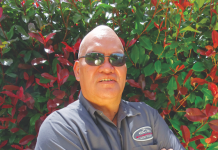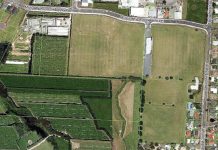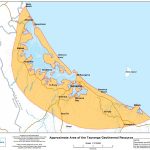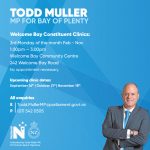Housing need report galvanises joint action in western Bay of Plenty
13 December 2017
It will only get harder for people to own and rent a home in the western Bay of Plenty unless a range of actions are taken now, according to a new Housing Demand and Need research report released today by the SmartGrowth Partnership.
The independent report by Community Housing Solutions and Livingston and Associates, paints a picture of eroding home ownership and increasing rental demand from couple-only and single person households.
The report also predicts a big increase in senior renters. Those aged over 65 and renting are set to increase by 222% over the next 30 years in Tauranga City, and by 182% in the Western Bay of Plenty District.
Key findings
- Housing costs are increasing at a faster rate than household incomes. Between 1991 and 2017, median house prices increased by 464% in Tauranga City and 400% in Western Bay of Plenty District, while household incomes only increased by 128% and 141%.
- The deterioration in housing affordability has increased the number of private renter households experiencing housing stress in western Bay of Plenty.
- Nearly 90% of renters cannot affordably purchase a home priced at $500,000 and the median home price in March 2017 was $620,000 in Tauranga City and $550,000 in Western Bay of Plenty District.
Key projections
- Rate of home ownership will continue to decline to 58.1% in Western Bay of Plenty and 54.6% in Tauranga City by 2047
- Couple-only renter households will grow the most, increasing by 112% between now and 2047
- One-person renter households will also grow by 105% between now and 2047
- Couple-only owner-occupier households set to grow strongly, increasing by 37%
- One-person owner occupier households up 50%
- Renter households with people aged 65 years and older projected to increase by 6,830 or 222% in Tauranga, and by 1,970 or 182% in Western Bay of Plenty
The report suggests a number of key response areas for the SmartGrowth Partnership including
- Considering three inter-related housing issues: overall size and number of bedrooms of homes in the market (typology); the overall cost of renting or purchasing a new home (affordability); and the failure of incomes to keep pace with housing costs (wages).
- Suggested responses include
- Land development/planning leadership – consider Urban Development Authorities
- Inclusionary zoning – ensure specified levels of all new development are affordable to residents by mandating certain percentage of new homes developed at defined affordable levels, normally related to the area’s median income.
New Special Housing Areas could trial a retained affordable home product based on household income and finance costs.
- Support for shared ownership proposals
- Support community housing trusts
- Support student accommodation provision
- Seasonal worker accommodation review the 50 day occupancy limit for caravan parks/campgrounds
- Co-ordinated advocacy – eg. particularly with regard to Income Related Rents subsidy and inability of councils to access this.
SmartGrowth independent chair, Bill Wasley, says the new data, analysis and research gives the Partnership a better and more fine-grained understanding of short and long-term housing trends and possible responses. “It puts the numbers behind an issue that is the biggest future challenge we have in the Bay – how do we supply not only the right number of homes but also the right types of homes people need now and in the future, at a range of price points whether renting or owning?
“The SmartGrowth Leadership Group – a joint committee of council leaders and tangata whenua – today approved developing a comprehensive Smart Housing Action Framework to bring all the work we are already doing together. We’ll need to look at new short and long term actions too. This report predicts a stressful picture of our future unless we act together with others in the housing space,” he says.
“We need to crack this hard nut of giving a growing community like ours a choice of housing including smaller and more affordable housing for renting and owning. That is important if we are to continue attracting and retaining key workers like teachers, health care providers, horticultural workers, students, older renters and many others. Councils certainly can’t do this alone – and neither do we think the market will deliver the entire range of housing we’ll need for smaller, but also lower and middle income households.
“We hope the Government will help us to fund and pilot new kinds of housing models involving central government working with housing trusts, councils, iwi, community housing providers and developers,” he says.
Ends
Note to editors: The Housing Demand and Need Research Report was commissioned jointly by SmartGrowth, Tauranga City Council, Western Bay of Plenty District Council and BayTrust. Click here for the full report as well as further statistics in the 2017 SmartGrowth Development Trends Report.









































































